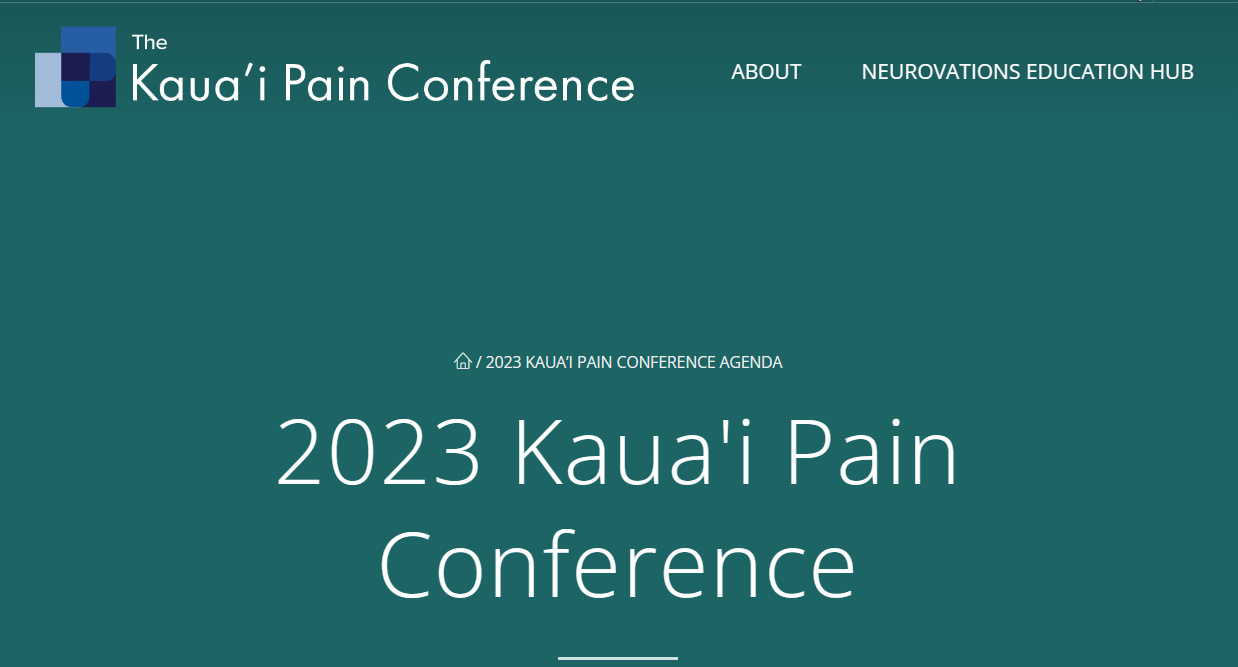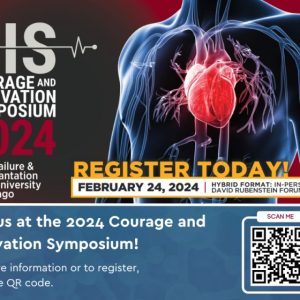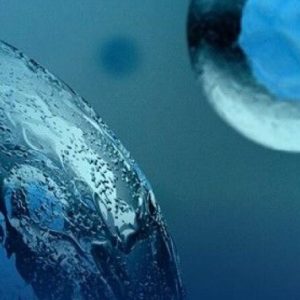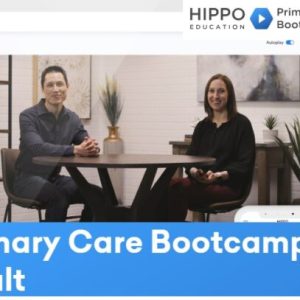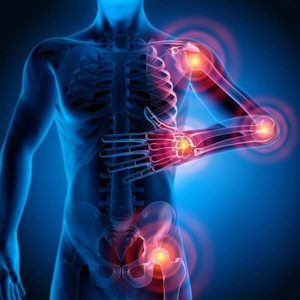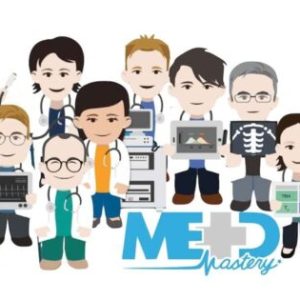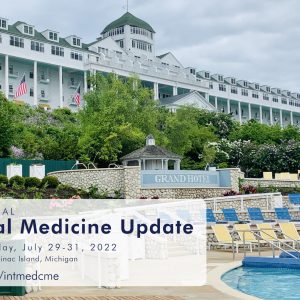Neurovations 9th Kaua’i Pain Conference Sessions 2023
Neurovations
- Include: 27 videos, size: 21.5 GB
- Target Audience: neurologist
- Sample video: contact me for sample video
Information:
Pain Management for All Providers
March 2-4, 2023
Learn the most relevant data and treatment options in a forum designed for engagement.
Neurovations In its 9th year, the Kaua’i Pain Conference (KPC) has blossomed into the premier pain conference on the Hawaiian Islands. Discuss evidence-based medicine and best practices with foremost experts in order to improve access to and quality of care for patients. Our world-class Program Committee and unrivaled faculty create a conference designed to improve clinical skills, with an emphasis on patient-centered care.
| The Kaua’i Pain Conference curriculum addresses biopsychosocial dimensions of pain:
bio – with advances in the basic neuroscience processes of pain psychological – how the constellation of cognitive processes interacts with neurological signals to influence health and wellness social – how societal factors influence patient well-being and clinical practice |
Audience
The Kaua’i Pain Conference is where health care providers, policy makers, administrators and insurers develop inter-professional solutions to the complex challenges of pain management. Designed for providers of all specialties to improve their understanding of the etiology, assessment, and treatment of pain. This unique conference is designed for pain specialists and non-specialists alike to learn the best, most accessible, most clinically relevant therapies for patients with acute and chronic pain.
Including:
- clinicians (physicians, advanced practice providers, nurses)
- scientists
- pharmacists
- industry employees
- regulators
Topics:
- Advanced Care Planning in Vulnerable Populations.ts
- Alleviating Burnout, part 1 Assessing Individual Burnout.ts
- Alleviating Burnout, part 2 Three steps toward institutional change.ts
- Cancer Pain Coordination of Care.ts
- Chronic Pain, Neural Plasticity, Mindfulness, Cannabis, & Psychedelics.ts
- Communication Tools, part 1 Empathy building skills.ts
- Communication Tools, part 2 Practice using PARTNERS framework for communication skills in challenging scenarios.ts
- Disentangling Self from Pain Thalamic-Default Mode Network Decoupling & a Novel Self-referential Nociceptive Gating Mechanism to Reduce Pain.ts
- Emerging Interventions for Degenerative Disc Disease & Vertebral Endplate Pain.ts
- Gene-therapeutic Targets Elucidate Analgesic Mechanisms.ts
- Healing from Moral Injury, part 1 The impact that workplace grief, loss, and trauma can have on organizations.ts
- Healing from Moral Injury, part 2 Individual experiences regarding psychological safety.ts
- How the Quality of Pain Care is Influenced by Race, Gender & Class.ts
- Immune-mediated Molecular Mechanisms of Pain.ts
- Intrathecal Drug Delivery Catheter Tip Placement & Dosing Strategies.ts
- Metamorphosis of Interventional Headache Medicine.ts
- Navigating Substance Use Disorder (SUD) & Pain Management Lessons from the California Prison System.ts
- Neuromodulation for Axial Low Back Pain SCS & PNS.ts
- Pain Physicians & Medical Cannabis Attitudes, Beliefs, Preparedness & Knowledge.ts
- Pathophysiology of Complex Regional Pain Syndrome (CRPS).ts
- Pathophysiology of Fibromyalgia.ts
- Reenvisioning Care Paradigms.ts
- Regenerative Medicine Updates on Blood-based & Cell-based Therapies.ts
- Spinal Analgesic Combinations Mechanistic Studies.ts
- State-of-the-art Postoperative Pain Management in the Age of COVID.ts
- The 2022 CDC Clinical Practice Guideline for Prescribing Opioids for Pain What’s New What Changed What Matters.ts
- Trauma, Chronic Pain, and Isolation.ts


